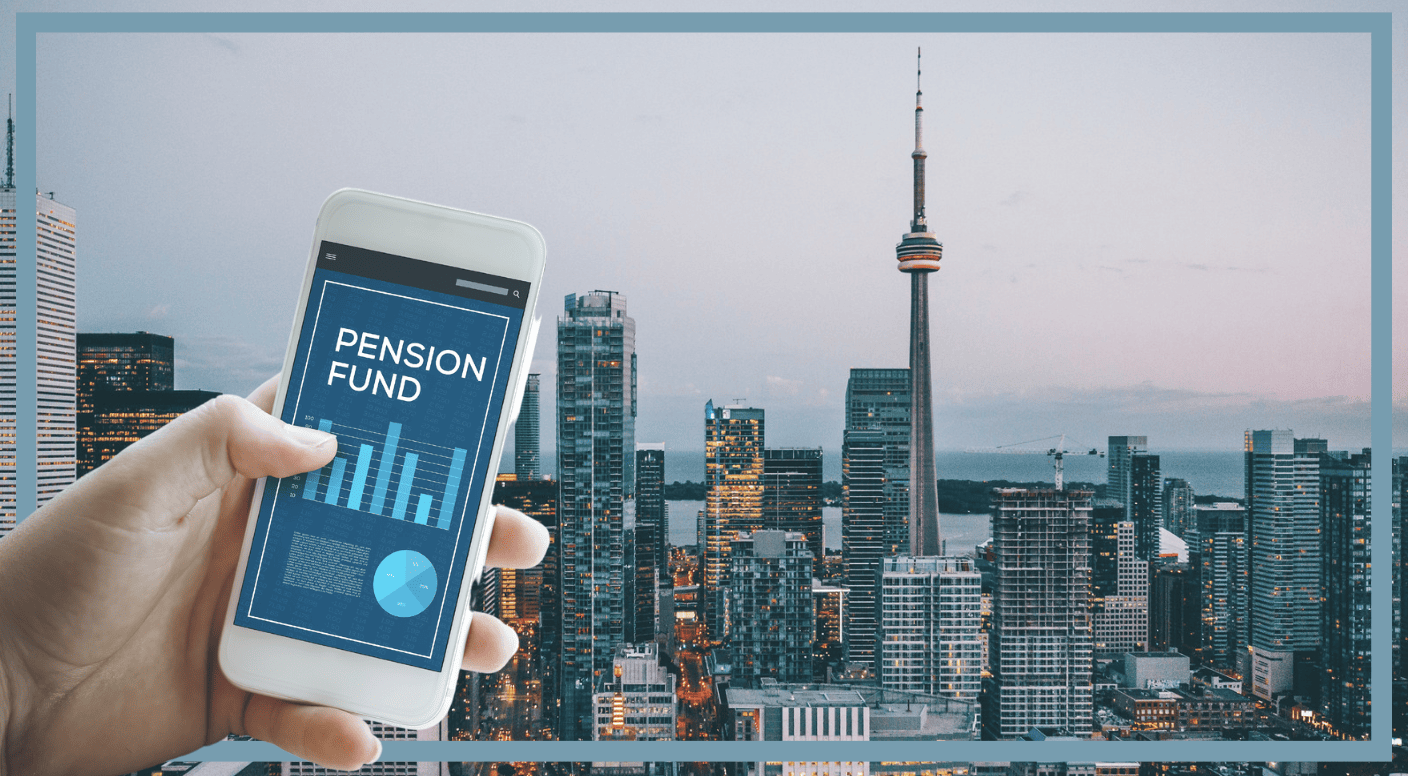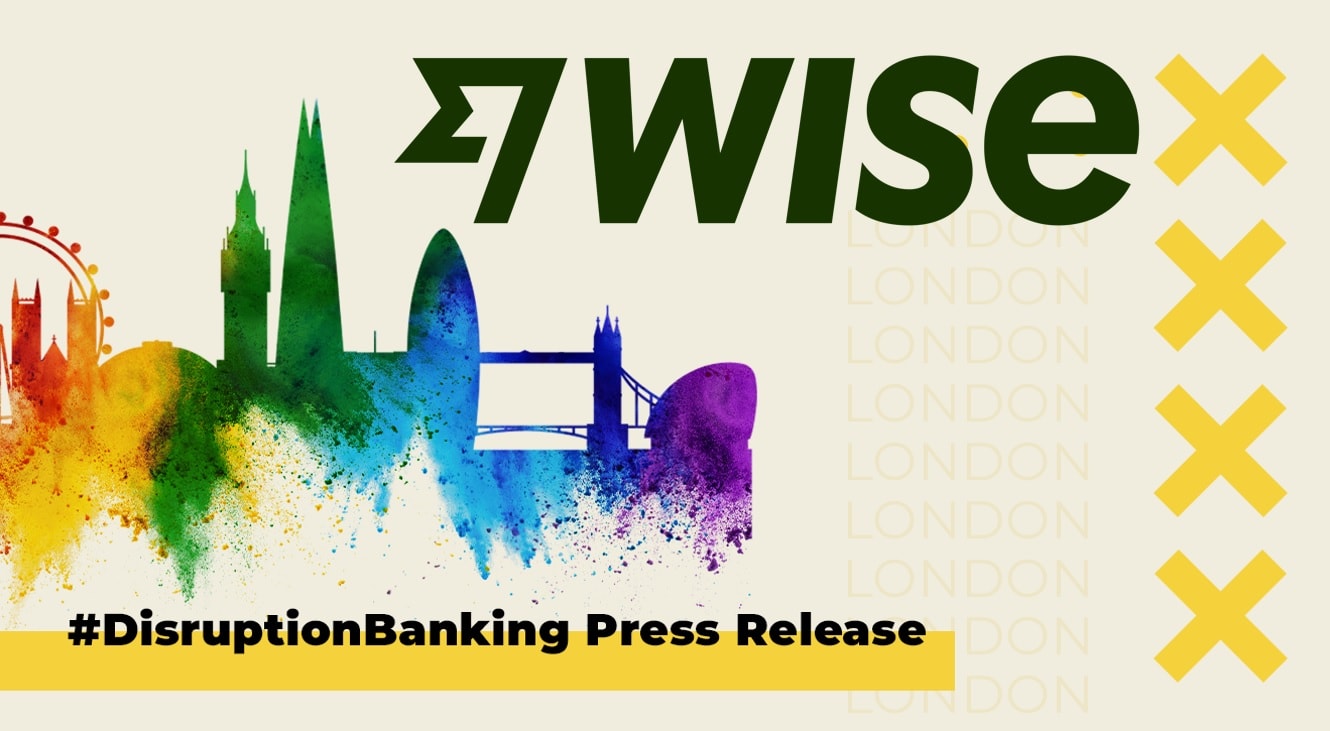Pensions as part of retirement planning are crucial for many of us. But not all pensions are created equal, and not all of us have a realistic picture of our financial futures.
People are living longer. From 2000 to 2019, global life expectancy rose from 66.8 years to 73.4 years. The World Bank reports that by 2050, 20% of the global population will be aged 65 or over. That means we face an ever-increasing number of people who will require financial support long after their working lives.
With many Baby Boomers settling into generous, defined-benefit pensions now, for younger generations, retirement planning can be complex and confusing. Changes over the last 30 years mean that many need to take on greater individual responsibility to secure a relevant retirement fund.
The results of Natixis Investment Managers’ Global Survey of Financial Professionals on the biggest errors made in planning for retirement are sobering. Nearly half of respondents underrated the effect of inflation. 2 out of 5 misjudged return on investment. A third depended too much on public benefits. Clearly, we need to educate ourselves better. Especially as now we can, and often must, take more control of these investments at a personal level.
State pensions alone won’t cut it
As state pensions are funded through taxation of the working population, they are sensitive to changing demographics. The ever-growing gap in the relative numbers of working versus retired people means fewer funds to cover a wider percentage of the population. The results are clear.
In the US, the average Social Security retirement benefit was $1,628 a month in 2022. The UK’s state pension pays out a maximum of $1,114 a month.
In the case of the UK, studies found that a two-person household with a “moderate retirement” spends an average of £29,300 a year. If they retired after 2016, their combined (maximum) state pension is over a quarter less at £21,200 a year. Little wonder an increasing number of people are paying more and more attention to their own retirement plans.
For those few in the workplaces that still provide them, defined benefit pensions are often looked upon with envy. For many, defined contribution pensions have become the norm. The former ruled and provided great retirement schemes for a time. But times have changed.
Defined Benefit Pension Plans on the way out
Defined benefit pension plans typically give employees a guaranteed monthly income when they retire. They are most common in the public sector where close to 90% of workers receive them. These public sector pension funds are huge and account for 41% of the biggest 300 global pension funds and 40% of the total assets invested. The private sector is another matter though. While some companies do still offer defined benefit plans to their employees, it is increasingly less common.
At one time, 88% of private sector workers who had a workplace retirement plan had a pension. Now it's only 33%. https://t.co/Ou08Lr6msR
— National Public Pension Coalition (@ProtectPensions) August 18, 2016
A series of laws in the 1980s under Reagan ushered in this change. In 1975, 88% of American workers in the private sector had a defined benefit pension. By 2020, that had dropped to only 15%. And where the US leads, the world follows, right? In the UK, only 7% of workers in the private sector had defined benefit pension plans in 2021. The EU is seeing a similar pattern and movement away from the old ways.
So it is that most workers planning for their retirement today are navigating the world of defined contribution pension plans. The biggest difference between the two plans is who carries the risk and what is (not) guaranteed. Where defined benefit plans left employers liable for guaranteeing retirement payments, defined contribution plans have shifted that to employees.
Defined Contribution Pension Plans become the new norm
In defined contribution pension plans, the employer and/or employee put money into the employee’s individual account. US workers generally use either 401(k)s or IRAs. In the UK, they use SIPPs. The UK has mandated auto-enrolment in these plans since 2012. In the US, President Biden signed the SECURE Act 2.0 at the end of 2022 which aims to do the same.
The Federal Reserve found that only 75% of non-retirees have any retirement savings. Secure Act 2.0 is Congress’s latest attempt to address this pressing issue. https://t.co/lkzbsfesr8
— Forbes Advisor (@ForbesAdvisor) March 17, 2023
However, while these schemes provide employees with some choice over how their money is invested, their final retirement income varies depending on the performance of that investment. And this presents two significant hurdles. Firstly, the shift in onus means individuals should be more active in their own retirement planning now. Secondly, knowing how to invest wisely to cover eventualities that could be decades away isn’t easy, even for the pros. For long-term investments, portfolio diversification is key to providing both reasonable returns and hedging against the unknown.
What does portfolio diversification look like?
Historically, many financial planners and stockbrokers suggested a 60/40 investment portfolio. The basic principle proposed portfolios of 60% equities and 40% bonds, or other fixed income. This would provide a risk-to-return balance that could withstand market changes in the long term. However, 2022 saw both equities and bonds take a hit. And for a while now, many investors have been questioning whether the 60/40 rule has had its day.
The Thinking Ahead Institute provides useful insights into the investment portfolios of the largest 300 pension funds globally. This includes big public sector names you may have heard of, such as the Ontario Teachers Fund ($191 billion) and the US Federal Retirement Thrift ($774 billion); and private corporate funds such as Boeing ($147 billion), IBM ($115 billion) and General Motors ($96 billion). These top 300 funds had total assets under management (AUM) of $23.6 trillion in 2021. The top 20 funds account for a full 41% of AUM and grew 6.6% in 2021. Their average portfolio diversity is 53.5% equities, 27.9% fixed-income securities, and 18.6% alternatives and cash.
Our latest study found global #pensions soar to a new US$56 trillion record. We think about what this means for the #investment industry and the planet: https://t.co/WqJ7jUknDD#Leadership #SustainableInvesting #GPAS #ThinkingAheadInstitute pic.twitter.com/CnY6PksOVP
— Thinking Ahead Institute (@TAInstitute_) February 18, 2022
While the report notes that equity holdings increased year on year, these large funds are not following the 60/40 rule. At the same time, the allocation has not simply been into more fixed income but has diversified into other assets. These funds may be putting close to a fifth of their portfolios into alternatives, but others are becoming even more diverse.
What could a diversified pension plan look like?
A paper published in the IMCA Investment and Wealth Management magazine in 2012 suggested a new portfolio model. It claims a portfolio with 30% Treasury bonds, 30% Treasury inflation-protected securities (TIPS), 20% equities and 20% commodities would yield the same returns as a 60/40 portfolio. But it would do so with less volatility. For those wanting to make long-term investments without a lot of active management, that last point could be crucial.
So long, 60/40, and thanks for all the returns https://t.co/fJHxhGFOX9
— FT Markets (@FTMarkets) May 19, 2022
AT&T has the largest private sector pension fund still offering defined benefits to new employees. As of 2021, it has $119.5 billion in assets. In 2021, its portfolio contained: 16% Domestic Equity, 13% International Equity, 38% Fixed Income, 10% Real Assets, 12% Private Equity, 10% Preferred Interests, and 1% Other. The company is projecting expected returns of 7.50% on pension plan assets and 6.50% on postretirement plan assets for 2023.
The Yale University endowment fund has a very diverse portfolio which it has adopted over the last 30 years. Like pension funds, it also has long-term investment goals. It now holds only 5% in stocks and 6% in bonds with the remaining 89% in alternative sectors and asset classes. This includes leveraged buyouts, venture capital, natural resources, and real estate. The university has credited this with providing “significantly higher expected returns and lower volatility” than it did in 1985.
Alternatives for portfolio diversification
Commodities, real estate, venture capital, digital assets – the list goes on. Depending on the appetite for risk and the knowledge of investors, a wide range of investments are possible. And of course, even the experts don’t always get it right.
Recent forays into crypto left many Canadian pension funds exposed. The Ontario Teachers’ Pension Plan (OTPP) had to write off a $95 million loss when FTX collapsed. Similarly, Caisse de dépôt et placement du Quebec (CDPQ) said goodbye to the $150 million it had invested in the crypto lending platform Celsius. However, this shouldn’t mean we shut the door on digital assets completely.
“The greatest thing we all have is time on our side. Time arbitrage. If you make the bet and let it sit, you're going to do better." #alternativeinvestments #retirementhttps://t.co/udBiKm12Rv
— #DisruptionBanking (@DisruptionBank) February 10, 2023
Earlier this year, Disruption Banking wrote about digital assets as alternative investment strategies. While 49% of Americans have only a beginner-level understanding of what digital currency is, that number is increasing, especially among younger generations. And there are services such as Alto popping up to capture this growing market. They are pushing for regulation to provide investors with the security they would need in their retirement strategies. One way or another, digital assets seem more likely than not to start finding a place in more and more investor portfolios as they look to diversify further.
Portfolio diversification – who decides what’s “right”?
Portfolio diversity has also taken on new meaning with changing investor expectations not just focused on performance. Many portfolio managers now need to offer plans which match people’s ethical concerns too.
In the UK, Nutmeg offers a “Socially Responsible” pension plan. Customers can choose from a risk level scale of 1 – 10 which will vary the equity/bond balance. But more importantly, it promises to invest in companies and bond issuers with high ESG standards, and ETFs which avoid companies engaging in “controversial activities”. The company claims its highest-risk portfolio in this category had an average annual return of 10.8% over the last 3 years. Not bad for something purporting to do good.
Make your most powerful move for the planet – switch to a green pension 💚 Here are 8 ethical pension funds to consider: https://t.co/gKGCPU9QzN @pensionbee @nestpensions @RoyalLondon @Aegon @AvivaUK @CIRCA5000 @MMMoneyMatter #makemymoneygood #goodwithmoney #ethicalpensions pic.twitter.com/bqrXWbG9Yj
— Good With Money (@GoodMoneyGirl) February 2, 2023
PensionBee is another example of diversity in pension planning which wants to meet customers’ moral expectations. We recently wrote about how it aims to help consolidate multiple pension pots into one with a range of fund plans to choose from. BlackRock manages its “Impact Plan” which started in January 2023. It invests 100% of the portfolio in equities of “companies addressing the world’s great social and environmental needs.” PensionBee also offers a “Shariah Plan” with gross annualised returns of 15.5% since inception in 2016. A “Fossil Fuel Free Plan” had a 22.95% return in its debut year, 2021, before taking a knock (like much of the market) of -9.38% last year. This a reminder as ever that your future investments can go up as well as down.
What is the Canadian model and why is it important?
The short answer is how long is a piece of string? On the global stage, the “Canadian model” is often held up as the benchmark. The model that has come about over the last 30 years blends independent governance, professional in-house investment management, size, and wide geographic and asset-class diversification.
The results speak for themselves. In a 2021 study of pension funds looking at returns, asset allocation strategies, and cost structures, large Canadian funds outperformed others in all areas. One reason for this is asset diversification, with 18% in commodity-producer stocks, real estate, and infrastructure. Twice the international average. Another is the ability to hedge against liability risks. The study claims US public funds would have realised absolute rises of 15% in the 15-year Sharpe ratio of their asset portfolios and 13% in the asset-liability portfolio had they copied Canada’s approach.
Your pension, your responsibility
The state pension will only go so far in your retirement. A good, private pension can protect you and, if you get it right, can go a long way. Portfolio diversification will play a key role in getting a secure, long-term performance. But what’s right for you is an individual choice.
Everyone will be approaching their pension and retirement plans from different angles depending on all kinds of factors. Judging your own expectations and getting good financial advice can be vital, although I wouldn’t ask any European Members of Parliament. Their fund could run out of money by 2025.
We hope this has got you thinking about your pension plan and encouraging those around you to do the same. We all deserve healthy, happy retirements – a little more education for all on the matter could provide great long-term returns.
Author Mike Davies
Disclaimer:
The Editorial Team at #DisruptionBanking have taken all precautions to ensure that no persons or organizations have been adversely affected or offered any sort of financial advice in this Article. This Article is most definitely not Financial Advice.















